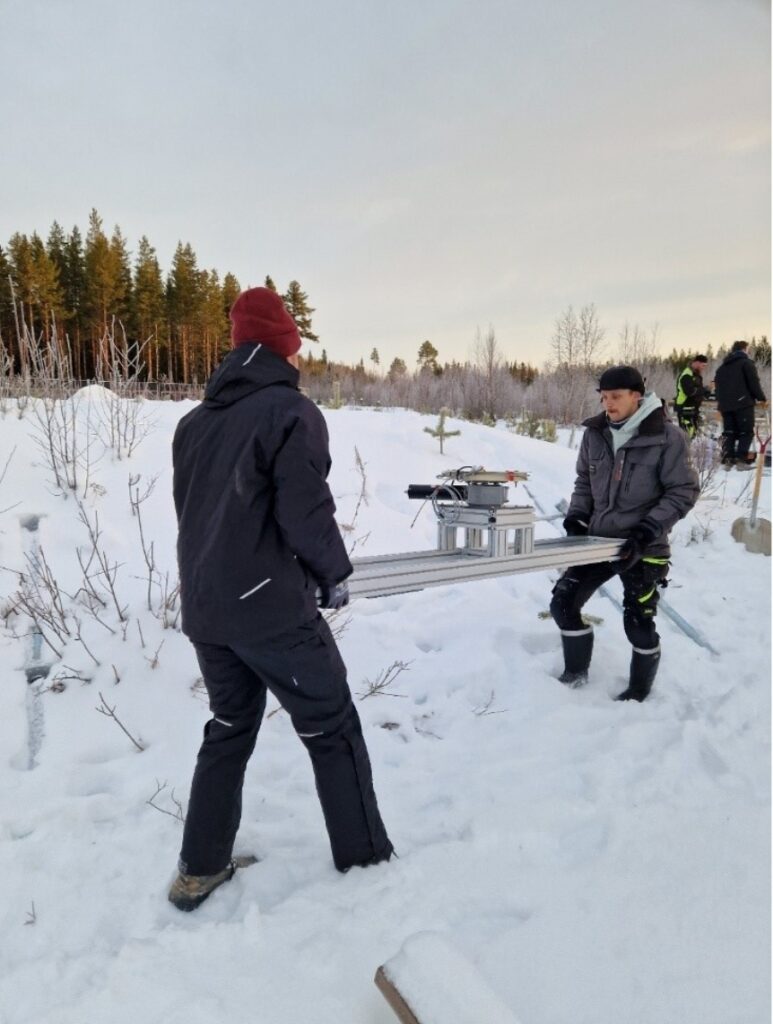In a recent post, Vaja outlined the test installations we’ve been operating in multiple locations across Sweden. We also promised to share some of the results of our testing along the way. This update is focused on the durability data we’ve gathered in our tests — and why we are so optimistic about what these results suggest.
Since the fall of 2024 Vaja has been continually testing our systems in various locations, including Sweden’s windy southwest coast, the frigid north, on a farm pasture, and at the top of a wind-blasted hill near Stockholm. These installations gather data via our cloud portal and are wired to the electrical grid.
Between October 2024 and April 2025, the Vaja test fleet racked up more than five thousand tracker hours. Every substantial storm was dutifully logged: at one location, the anemometer saw six events above 20 m/s and one that peaked just above 25 m/s.
Several of the sites were equipped with tension meters to measure the force on the system. In all cases, tolerances were well below the design limit. None of the four sites lost a day of production and the only zero output incident was a grid outage, not a fault of Vaja’s design.
The systems also withstood snow and ice without problems during the Swedish winter. In one location the mercury dipped to –17°C, yet our systems continued to operate without a hitch. Snow events were similarly uneventful.
Finally, after roughly 3,000 operating hours at one location, one of our systems was subjected to electroluminescence imaging under a blackout tent. The high resolution EL frames revealed no microcracks or fractured interconnect fingers in the panels – further validating that our innovative technologies work, and can withstand severe weather, temperature, and system stress.

